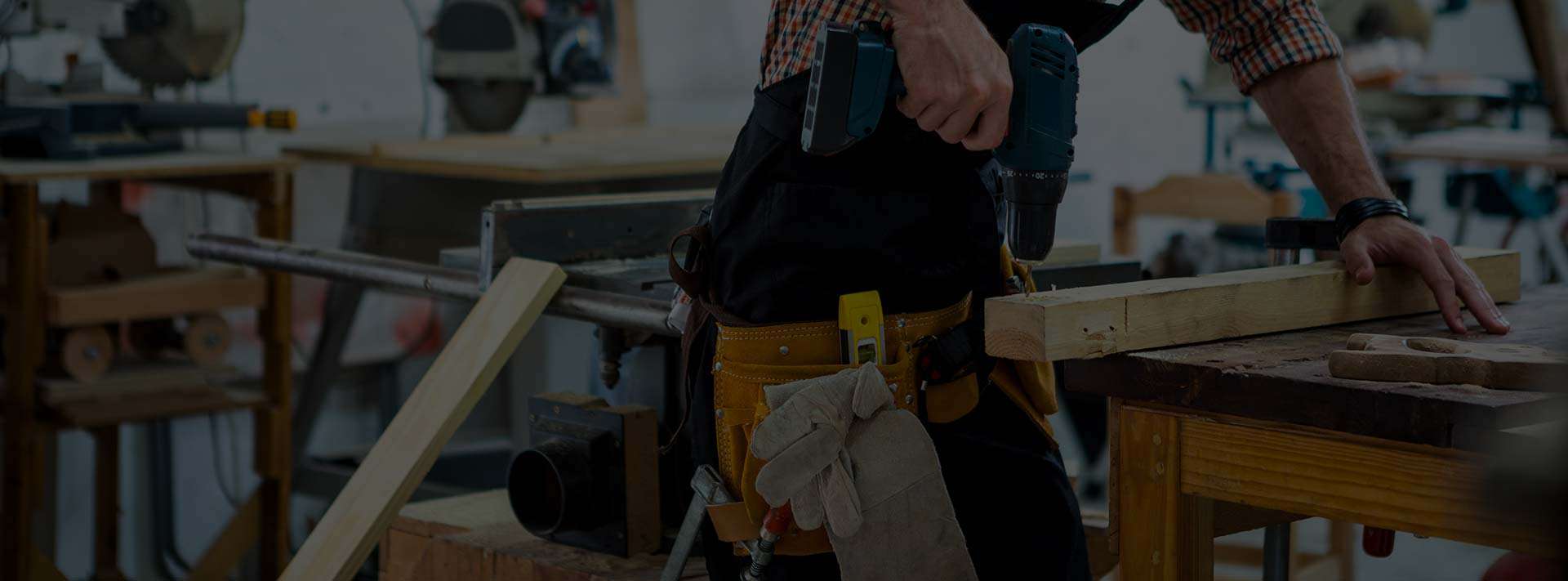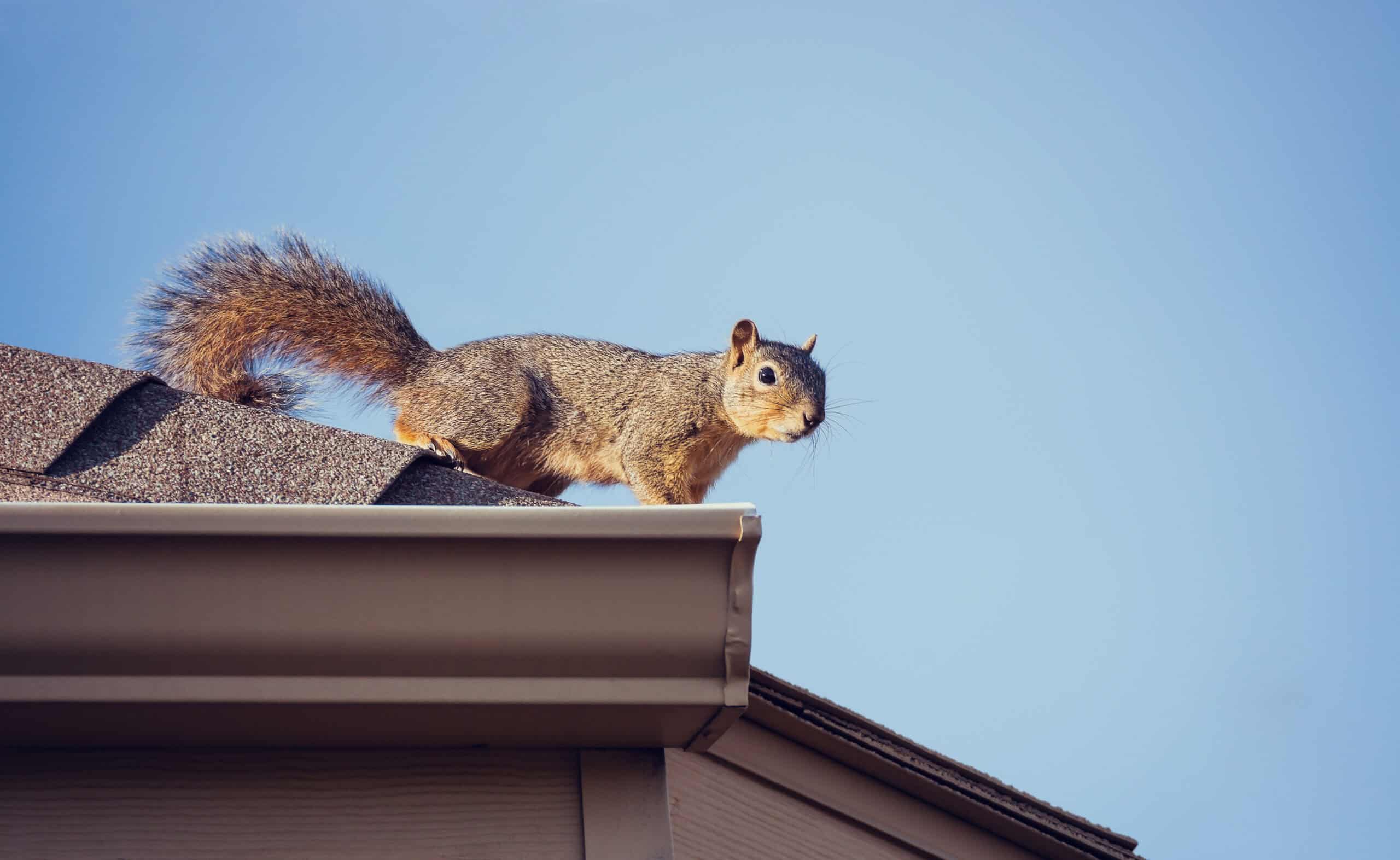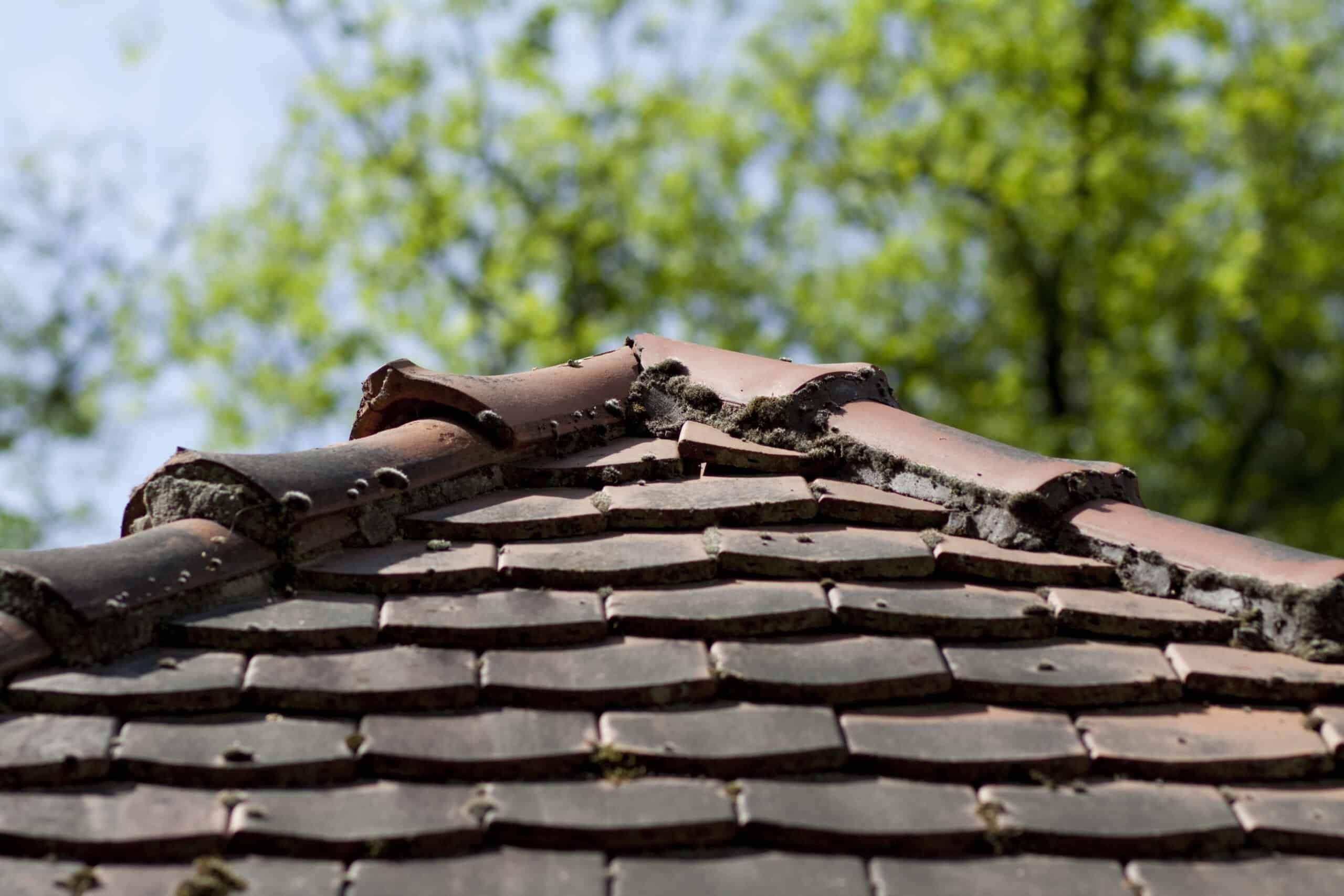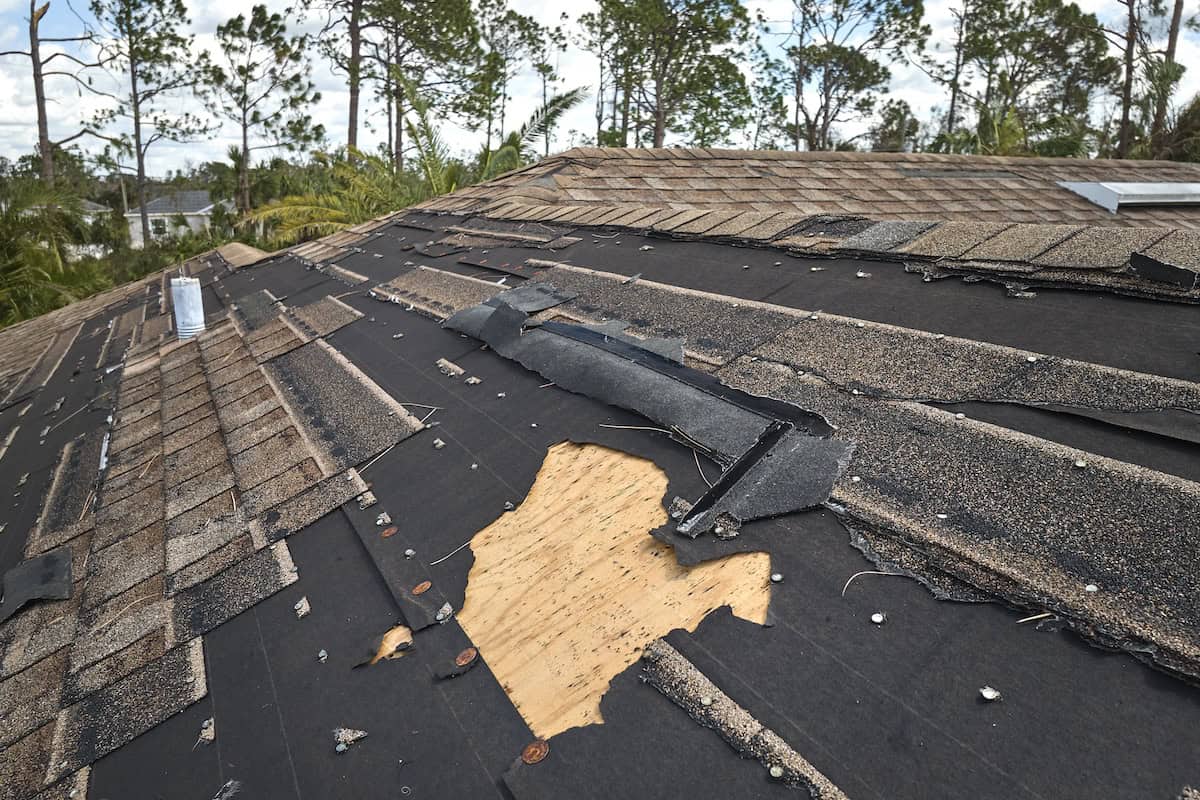Posted at 18:48h
in
Blog
by Matt McWilliams
Storm season can wreak havoc on homes, especially when high winds, heavy rain, and hail target your home’s exterior. At AMV Exterior Services, we understand that your roof and siding serve as the first line of defense against the elements. That’s why
preparing your home properly is crucial to preventing costly damage.
Here’s how you can
safeguard your home’s roofing and siding before the next big storm hits:
1. Inspect Your Roof for Weak Spots
Your roof takes the brunt of storm damage, so start your preparations by inspecting it thoroughly. Look for:
- Loose or missing shingles – Strong winds can lift shingles, making your home vulnerable to leaks.
- Cracked or curled shingles – These indicate aging materials that may fail under heavy rain.
- Granule loss – If you see excessive granules in your gutters, your shingles may be nearing the end of their lifespan.
- Leaks or water stains – Check inside your attic for any signs of water penetration.
If you notice any of these issues, it’s best to schedule a professional inspection with AMV Exterior Services before storm season begins.
2. Reinforce Your Roof’s Structure
Strengthening your roof can prevent
severe damage during storms. Consider these steps:
- Install hurricane straps – These metal connectors help secure your roof to the home’s structure.
- Check flashing and seals – Ensure all roof penetrations, such as vents and chimneys, are properly sealed.
- Upgrade to impact-resistant shingles – These are designed to withstand hail and debris.
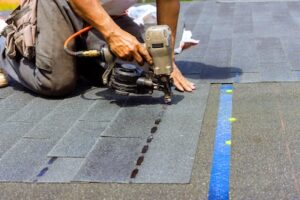
3. Clean and Secure Your Gutters
Clogged gutters lead to water buildup, increasing the risk of leaks and structural damage. Before storm season, make sure to:
- Clear debris – Leaves, dirt, and twigs should be removed.
- Check for loose sections – Reinforce any weak or sagging areas.
- Install gutter guards – These help prevent clogs and allow for proper water flow.
4. Assess and Fortify Your Siding
Siding is essential for protecting your home from wind-driven rain, but it can be vulnerable to impact damage. To keep it in top shape:
- Check for cracks, loose panels, or holes – These weak spots can allow water to seep in.
- Seal gaps and caulk joints – Prevent moisture infiltration by reinforcing seams.
- Upgrade to storm-resistant siding – Fiber cement or impact-resistant vinyl siding can withstand harsh weather better than standard materials.
If your siding is old or damaged, consider a professional evaluation to determine whether repairs or a full replacement are needed.
5. Trim Nearby Trees and Secure Outdoor Items
Falling tree branches are one of the leading causes of roof and siding damage during storms. To minimize risk:
- Trim any branches hanging over your home.
- Remove dead or weak trees near your house.
- Secure outdoor furniture, grills, and decorations to prevent them from becoming projectiles.
6. Schedule a Professional Roof and Siding Inspection
While DIY inspections are helpful, a professional evaluation ensures no vulnerabilities are overlooked. Even small issues, like a loose shingle or a minor crack in your siding, can quickly escalate into major problems when exposed to high winds and heavy rain.
At AMV Exterior Services, we specialize in identifying potential weak spots that homeowners might miss, providing expert solutions to reinforce your roof and siding before the storm season begins.
Our team conducts thorough inspections, checking for structural weaknesses, water damage risks, and material wear and tear. We offer tailored recommendations, whether it's replacing damaged shingles, sealing vulnerable areas, or upgrading to impact-resistant siding. Investing in professional maintenance now can prevent emergency repairs later, saving you time and money.
By taking these proactive steps, you can reduce the likelihood of costly repairs and keep your home safe when storm season arrives. Don’t wait until it’s too late - contact AMV Exterior Services today for a professional inspection!
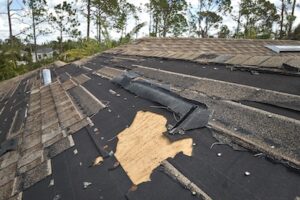
FAQs
1. How often should I inspect my roof and siding for storm damage?It’s best to check your roof and siding at least twice a year - before and after storm season.
2. What type of roofing material is best for storm protection?Impact-resistant asphalt shingles, metal roofing, and slate tiles offer the best protection against severe weather.
3. Can I install new siding over old siding to strengthen my home?While this is possible in some cases, a full replacement is often better to ensure proper sealing and durability.


